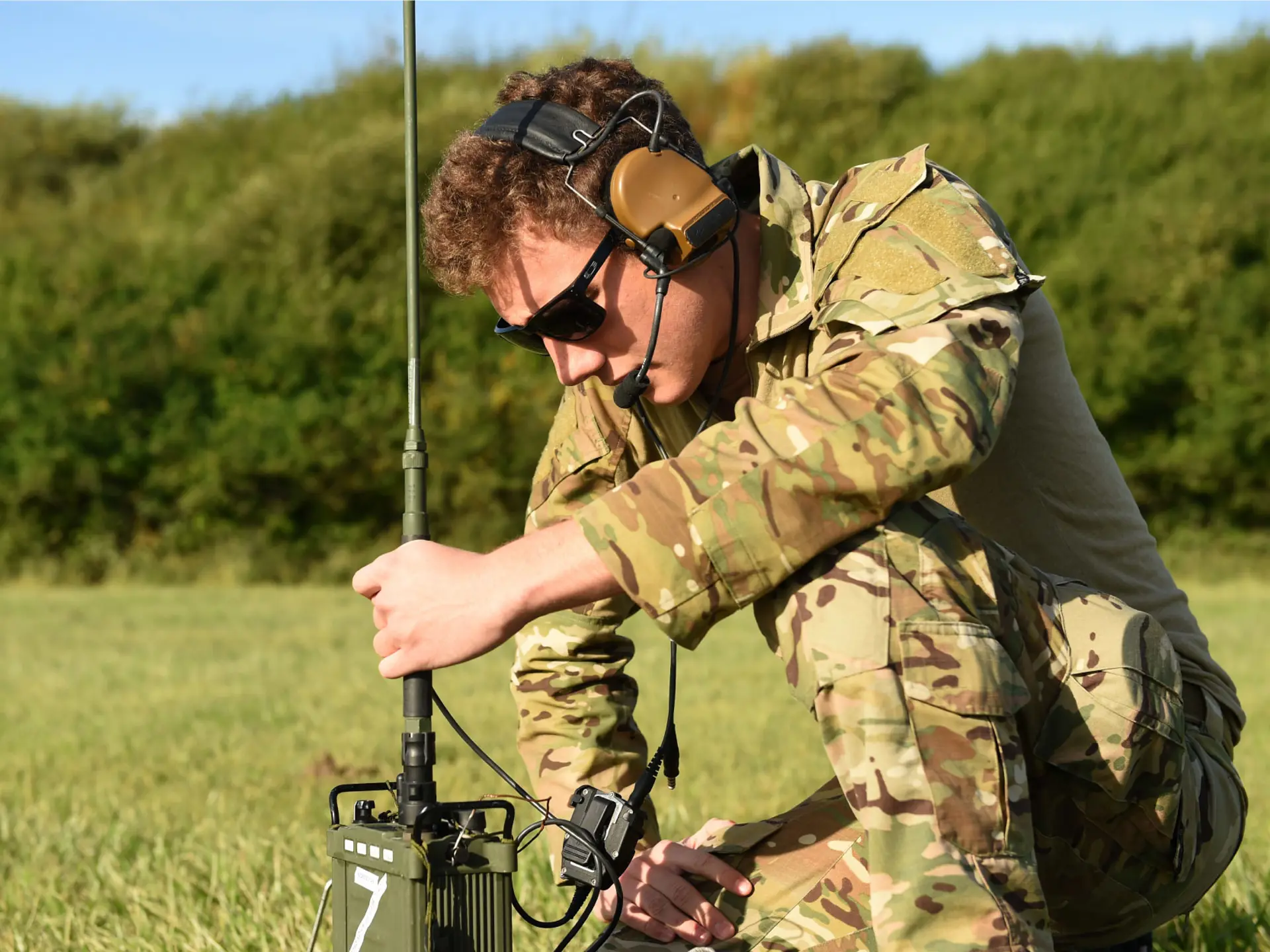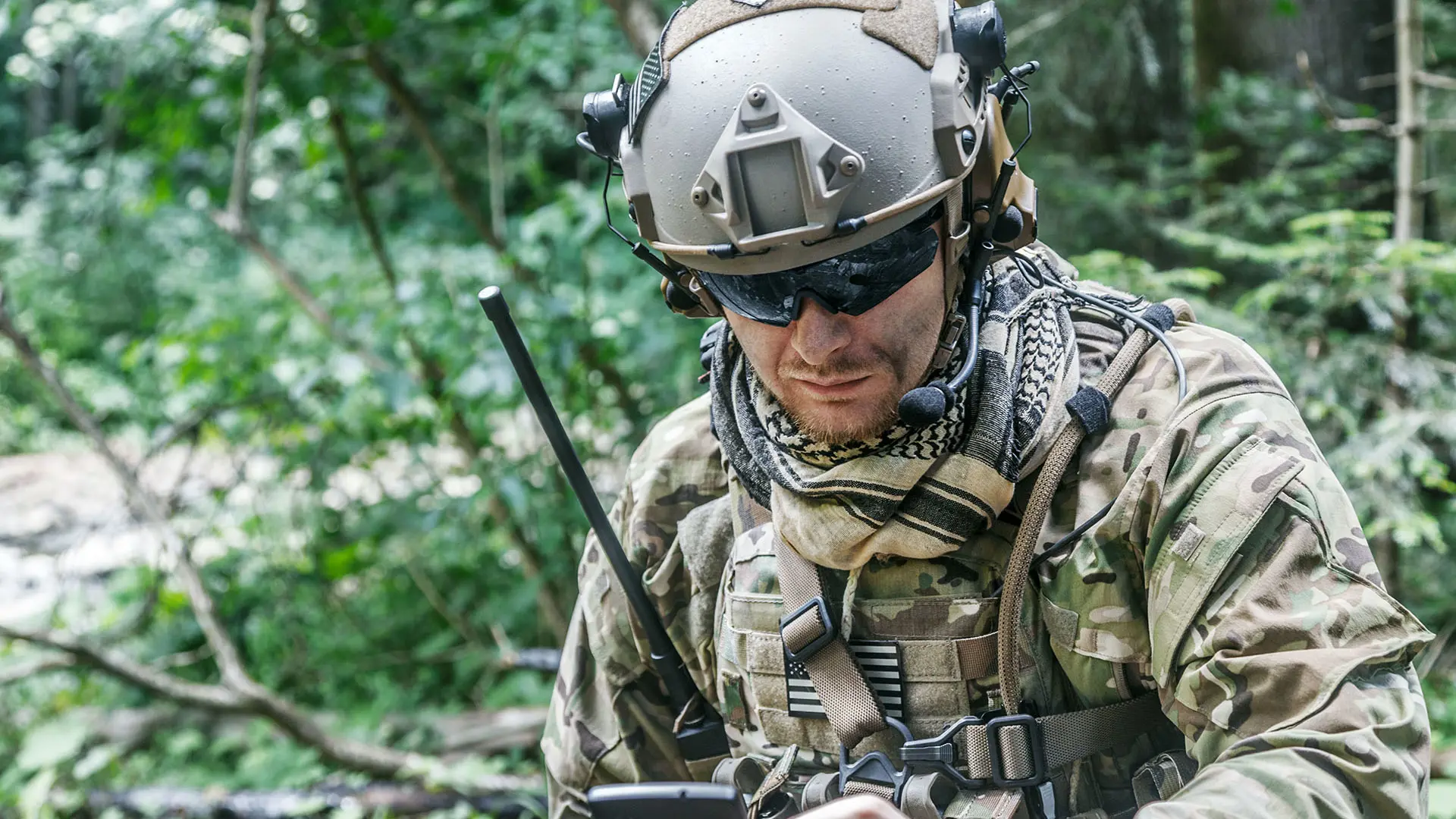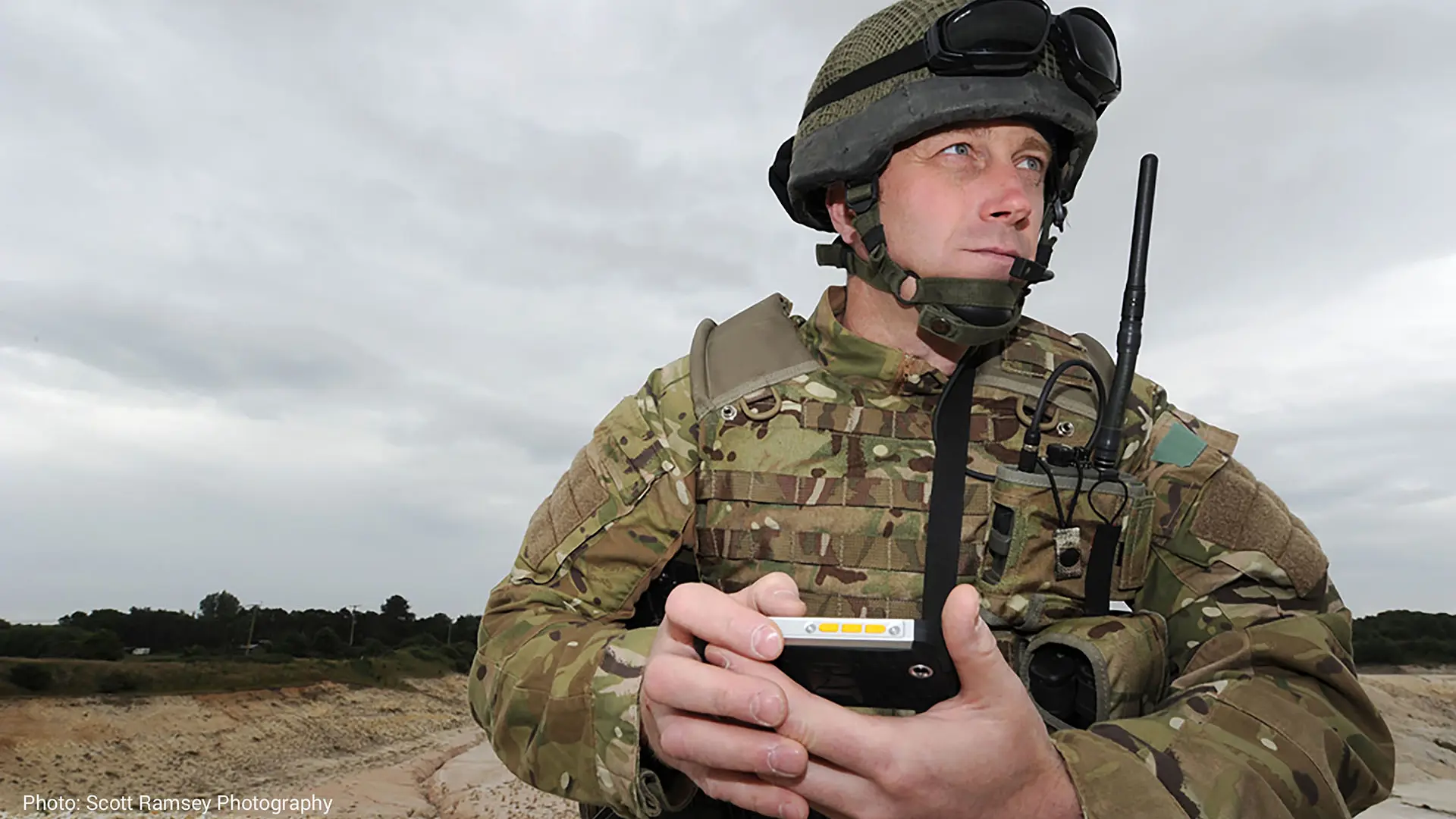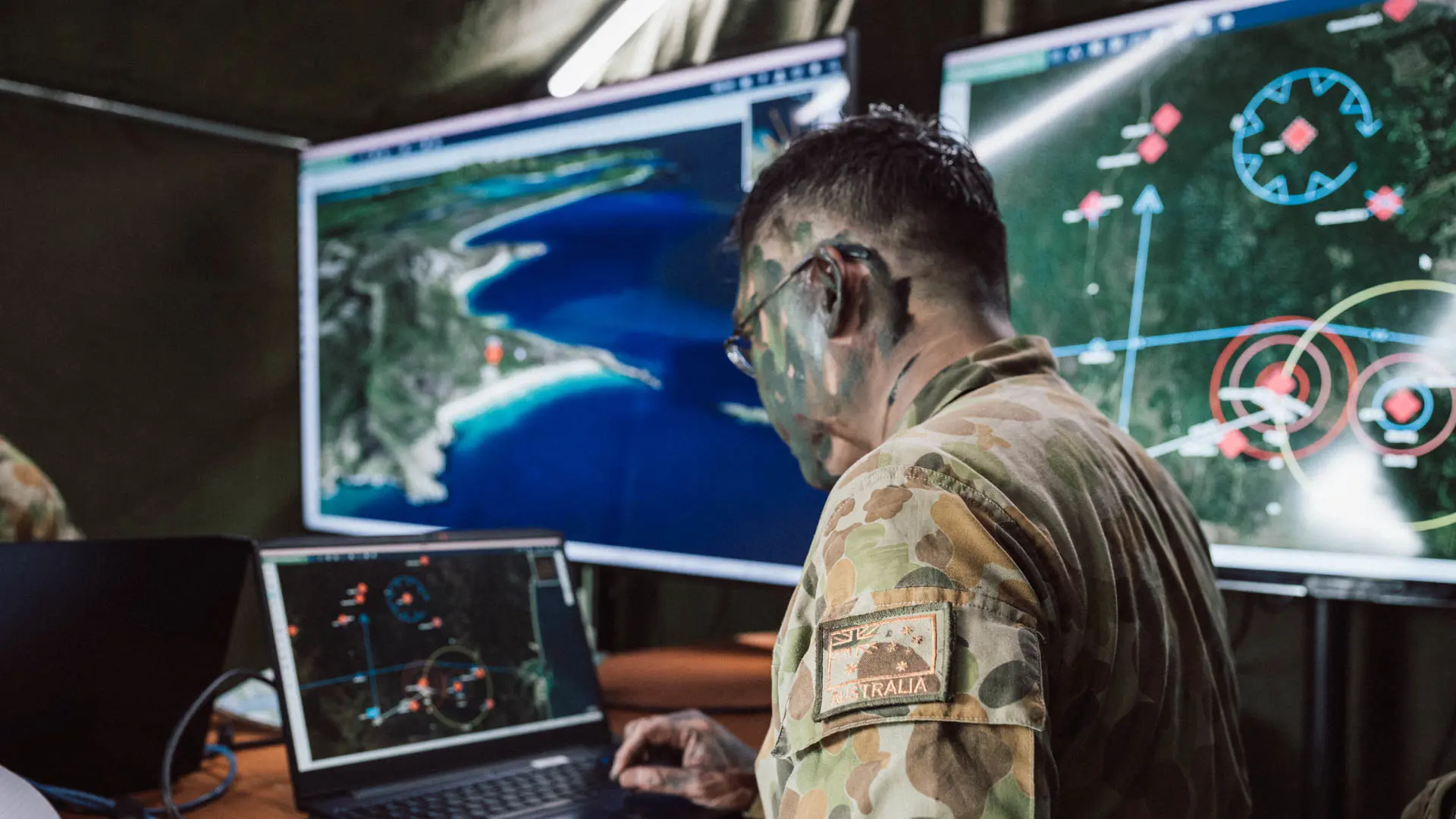Access all areas? Renewed interest in HF communications may help overcome disrupted C2
How to establish and maintain effective command-and-control in a contested environment is a pressing concern for many militaries. Technology developments have made HF radio a viable means of communication for when other options are unavailable.
For more than two decades, NATO and its partners have operated with almost total dominance of the electro-magnetic spectrum. In the counter-insurgency warfare of Afghanistan and Iraq, for example, constraints such as satellite communications (SATCOM) capacity were the main concern, rather than the impact of enemy activity.
Now, however, commanders have recognised that in a conflict with a peer or near peer, access to SATCOM will likely be disrupted and an adversary will attempt to find, fix, and jam UHF and VHF communications. As such, militaries are now again turning to HF as a means of providing communications resilience, due to its robustness and ability to offer a beyond line-of-sight (BLoS) capability.
It should come as no surprise that HF is under consideration – it was the mainstay of long-distance military communications before being replaced in that role by SATCOM. Even though its importance waned, the development of HF technology has not stood still and a number of the long-standing concerns around HF have been addressed.
Commanders have traditionally been reluctant to employ HF, with technical challenges and issues around noise, limited bandwidth, and interference, among others, being of concern. High levels of skill and knowledge are required for optimal HF communications networks to be established and maintained, with spectrum management and antenna configuration among the difficulties. Configuring HF systems for near vertical incidence skywave (NVIS) propagation – which enables BLoS connectivity and helps overcome environmental constraints – can be especially challenging and requires experienced operators.
Elsewhere, developments in radio design enable them to work with multiple antenna types and deliver frequency hopping over HF, rather than manually constructing and calculating antenna lengths for single HF frequencies, as was required in the past.
Greater bandwidth will enable users to move HF beyond its current applications – analog and secure voice, chat, and email – and take on more data-intensive tasks, but it will still fall someway short of the data rate of high performance SATCOM, for example. In the near term, one realisable application for HF communications may be in providing C2 at the tactical level and in specialist roles.
Effective C2 via HF radio at the British Army Warfighting Experiment
A demonstration by Systematic at the British Army’s Army Warfighting Experiment 2020 (AWE20) highlighted the ability for effective C2 data to be transferred via an in-service HF radio.
The scenario replicated a mission conducted by forward-deployed reconnaissance personnel, and saw them pass mission data to higher levels of command, transmitting this via data windows at scheduled times – as would be the case with typical standard operating procedures for this mission.
At the tactical level, SitaWare Edge software passed data up the chain of command to SitaWare Frontline and SitaWare Headquarters systems. C2 data beyond that typically associated with HF communications was sent over a datalink with bandwidth as low as 100 kbps, with SitaWare effectively bridging between HF and other means of communication. Data being shared this way included command layers with sketching, force tracking information, and chat messages with JPEG attachments.
The scenario included data sent from a static observation post and a team conducting a close target reconnaissance, and demonstrated the ability to maintain a common operational picture as well as transfer additional information.
C2 systems that can build planning layers and tracking data in very small sizes – down to kilobits even – can act as a force multiplier when operating over limited bandwidth, as is the case with the SitaWare solution.
The human factor
Smart data management can also play an important role in leveraging developments in HF communications, as despite improvements the bandwidth will still be relatively limited. It is here that the skills and competencies of information warfare managers and the wider communications team will be key.
It is also worth noting the potential for HF communications to support headquarters mobility on a fast moving battlefield. Through HF, potentially dormant, forward, tactical, or rear HQs can maintain data currency with a much lower EM footprint than is the case with easily detected wideband VHF and SATCOM. A greater emphasis on data management and sharing essential data over a much harder to detect and block medium can introduce resilience for commanders.
In any conflict with a peer or near peer, it will be essential that commanders have fast and assured access to a full range of C2 capabilities if they are to achieve mission success, and the ability to do so could be a determining factor.
Much of the technology required to deliver C2 via HF communications is available or on the horizon, and it may now be the case that the remaining obstacle to largescale employment of HF lies in the lack of experienced users and the necessary CONOPS. As HF waned with the increased role of SATCOM, so did training in its use, and with many of the skilled operators and training cadre having transitioned out of service, militaries must now look to address this issue and place a much greater emphasis on developing HF skills – both for signals specialists and the wider audience.










